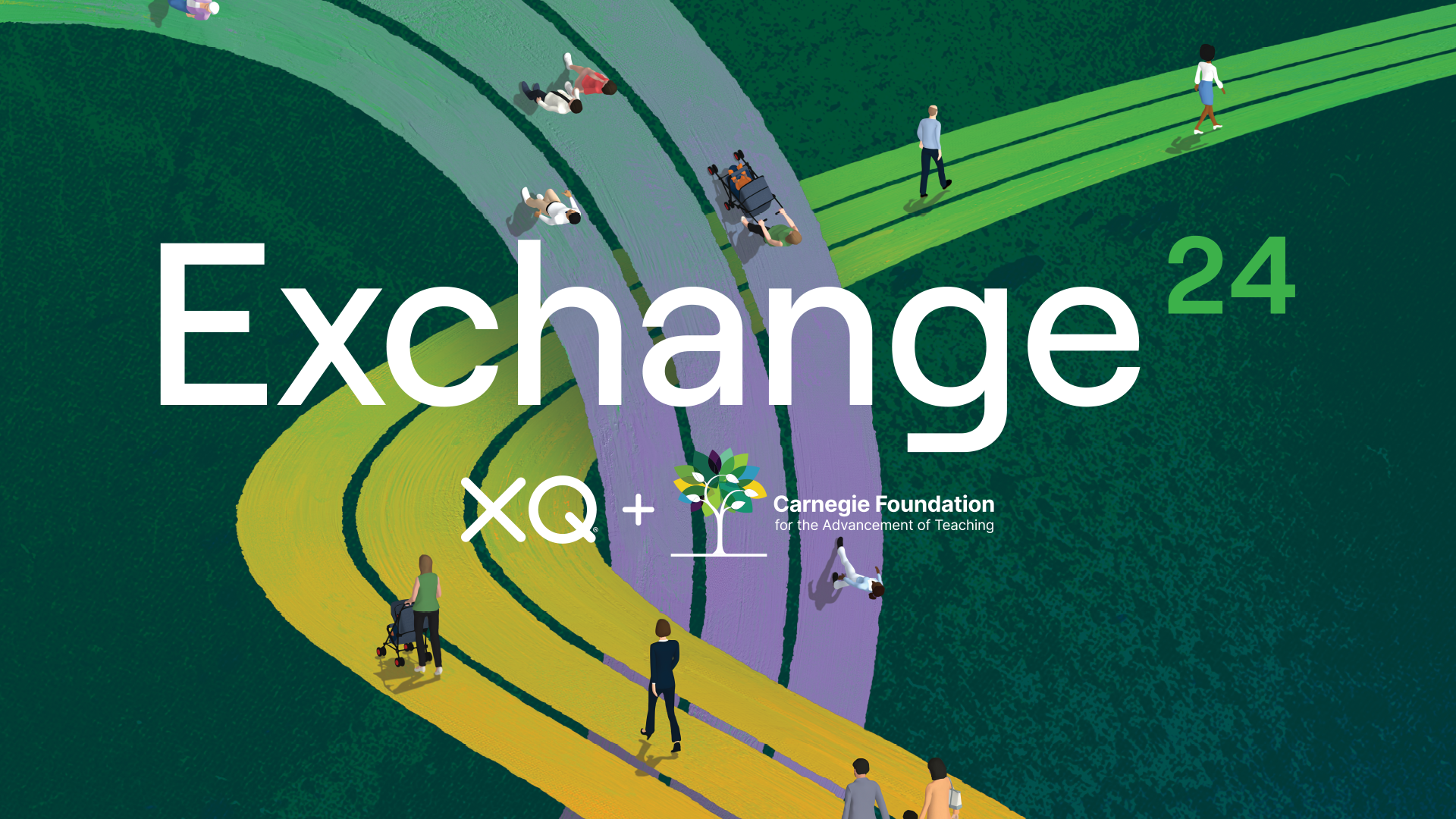What Is a Restorative Justice Listening Circle and How to Use It
Restorative justice circles are a tool to build empathy and share experiences with one another. Here’s how you can use this tool to foster connection.

There’s no doubt that we are living through difficult times. 2020 brought with it a pandemic, human rights violations, and civil unrest in the streets. Given these challenges, it is easy for young people to feel overwhelmed and alone. Last week, we highlighted a virtual restorative circle that we held with members of the XQ Student Advisory Committee to voice concerns and anxieties about these overlapping and interconnected crises. Since participants found the circle so helpful, we decided to offer up a guide to restorative circles—simple listening circles—as a way to give students a space to share with and listen to one another.
What Are Restorative Justice Listening Circles?
Restorative justice circles are born out of indigenous (pre-colonized) societies around the world. They are rooted in simply being with one another—hearing each other’s pain, concerns, and worries and sitting with them. These circles function without a clear hierarchy, so no member of the community is left out or made to feel dispensable. Everyone is valued for their knowledge and unique gifts. Circles tap into our communal nature, and help to strengthen relationships; dismantle power constructs and hierarchies; heal harms, and increase accountability.
Today, restorative justice circles are utilized by those seeking to reform the criminal justice system, to rethink systems and policies present in schools and organizations, and any place where people are living and working and engaging with one another. Circling up helps create equity of voice by giving every participant to air their grievances.
How to Facilitate a Restorative Justice Listening Circle
Elements for creating a circle include the following, and can be adapted to a virtual format:
- Opening ceremony: Start with an opening ceremony as it sets the tone of the circle and creates an inviting environment to allow students the opportunity to air their grievances. During this time, the facilitator should introduce discussion topics and set community norms. The opening ceremony should also include a symbol to signal the official start of the circle. This can be a poem, video clip, quote, song snippet, etc.
- Talking Piece: A talking piece is an item passed from person to person to facilitate equity of voice. This can be an item that holds sentimental value, or a trinket, such as a rock, small stuffed animal, kush ball, or anything that can be passed easily. In virtual environments, I suggest having members pass to the next person by using the grid platform or creating an order list in the chat.
- Community Agreements: Community agreements are needed to ensure that everyone can be honest and open in the discussion without fear. Authentic communication is crucial in reaching increased understanding and resolution. Examples of community agreements might include: respect the talking piece, ensure equity of voice, speak and listen from the heart, and keep personal details confidential. Agreements should be revisited during each circle.
- Prompts or Rounds: Prompts and rounds are questions or phrases that help guide the discussion. They are especially helpful when there is a predetermined topic for the circle or if the circle is a response to a crisis. Without prompts, a circle discussion can lose its impact, cause additional harm, veer off into unintended territory, and further jeopardize relationships.
- Closing Ceremony: The closing ceremony is a way to wrap up the discussion. It is important to thank everyone for bringing themselves to the circle and contributing to the discussion. More importantly, the closing ceremony brings closure to the discussion. In the closing, you may leave participants with a particular idea to ponder, signal discussions to come, or reveal the next steps.
Identifying the Goal of Your Restorative Justice Listening Circle
In-person circles tend to include a physical circle set-up and a centerpiece, which can be symbolically adapted to a virtual space. Use your creativity to create this in a virtual setting. While particular instances or political moments can be a catalyst for circling, know that restorative justice circles can occur without a specified topic. The goal of the circle can be to come together as a community. However, without a topic (and sometimes even with one), it’s important to consider what to do in the event of lulls in the conversation, or lack of interest from participants. It’s also worth noting that even if some participants have little to share, they will still benefit from being part of the community. Circles aren’t always smooth or easy, but they are always meaningful and necessary.
For additional support in circle facilitation and its roots, and other restorative approaches, feel free to contact Nicole via nicolelavonnesmith.com or nicolelavonne@gmail.com.
In response to the recent protests against police brutality, XQ is putting together content that highlights how structural racism, the carceral system, and economic inequality play out in our school systems.









